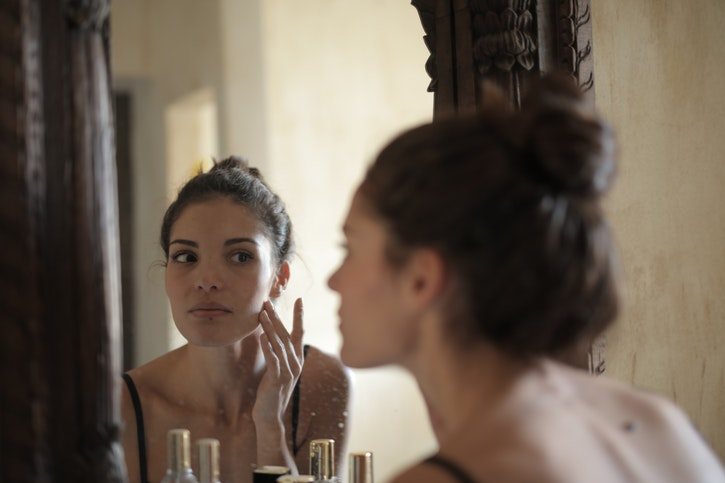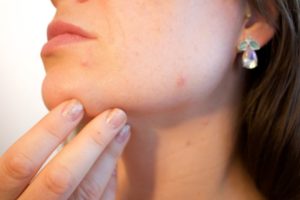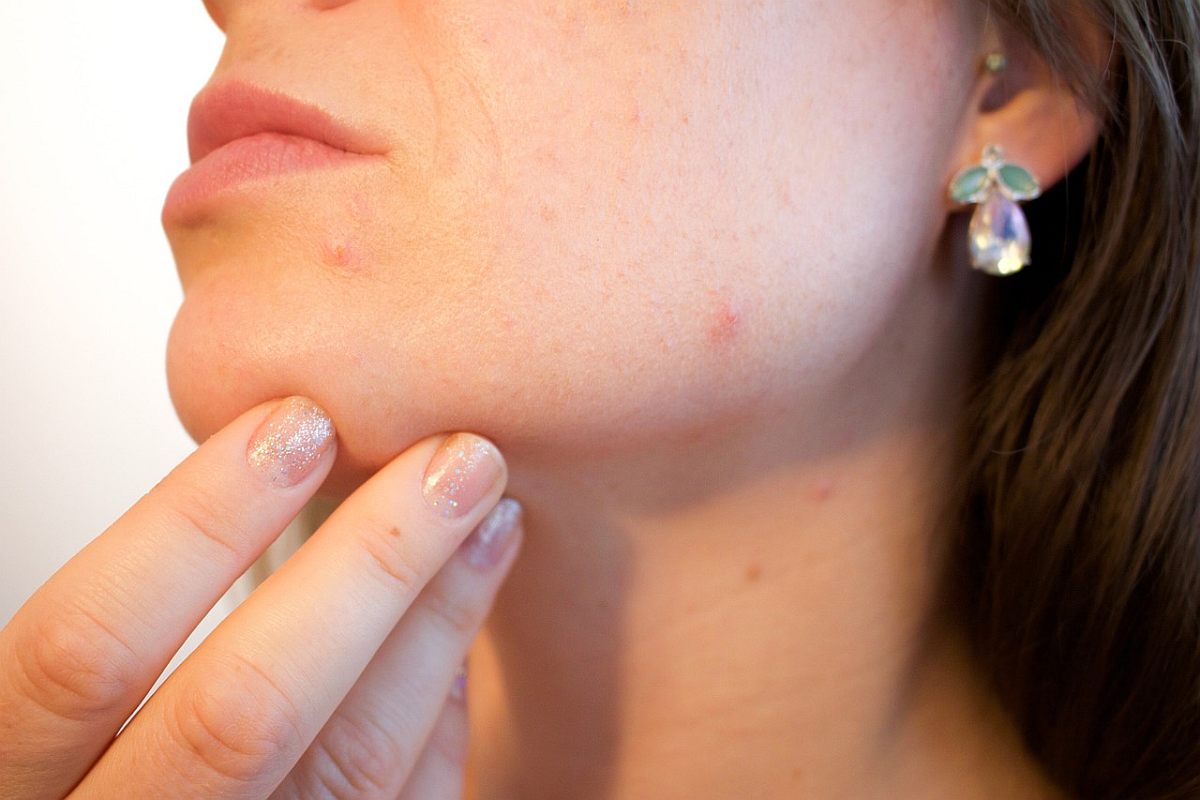From traditional society, health and beauty were two important aspects of life. The ancient Greeks, Romans, and Egyptians ranked and materialized beauty to obtain power, lure, and destroy kingdoms such as Cleopatra and Nefertiti did. However, today, a different fate is slowly eating away the glamorous nature of humanity.

There are countless health conditions affecting our outward appearances; most research majorly focuses on terrifying diseases like skin cancer, leaving many not life-threatening conditions in the cover of darkness.
-
Varicose veins
Veins are visible under the skin surface; hence, any slight deformation like an enlarged or a swollen vein immensely affects someone’s look. A varicose vein is an example. The varicose vein is portrayed by a swollen, twisted, or enlarged vein. The problem primarily affects leg veins.
Due to painless swellings, varicose veins pose little threat; however, an underlying medical condition like blood pressure results in troubles while walking. Natural causes include pregnancy and old age, while smoking and lack of exercise sum up the unnatural genesis.
Sometimes, varicose veins may make you feel embarrassed and stressed. In that case, seek leg vein treatment. Regular exercises and avoiding long sitting hours are a few treatment programs you can roll out at home.
-
Acne
Acne is an inflammatory condition affecting the skin characterized by spots or pimples on the face and other body parts. According to the American Academy of Dermatologists, there are over 40 million people plagued by five types of acne- blackheads, whiteheads, cysts, papules, and nodules in the US.
Myths about what causes acne are relatively common; some speculate on French fries, while others believe the Swiss chocolate is directly related to acne. There is miniature scientific research linking the two foods to acne, but the major causes include:
-
Hormonal changes
Hormonal changes are a significant problem affecting women and, to some extent, men. At puberty, the body is pumped full of hormones that trigger a chain of reaction leading to develop acne. Also, different hormones released in the first phase of pregnancy causes acne.
-
Certain medications
-
Diets based on refined sugar and carbohydrates
-
Inheritance of acne gene carriers from parents
Acne isn’t a life-threatening condition, but some types may form severe and painful inflammations. At some point, permanent spots scar your skin, significantly affecting how you look, leading to emotional problems.
-
Actin Keratosis
Sunlight serves an essential role in aiding the skin to synthesize vitamin D. A few hours of exposure are enough, but prolonged exposure results in actin keratosis-rough and scaly patches on your skin. Actin Keratosis interferes with the skins’ uniform texture and complexion, thus making it the main ingredient to an ugly recipe.
Typically known as solar keratosis, actin keratosis’ patch enlarges with time. The symptom is a noticeable painless patch on the face, lips, scalp, and arms. Nevertheless, patients should seek early medical attention because research shows that solar keratosis is directly linked to cancer.
-
Eczema
While adults might think they are the only ones affected by non-life-threatening diseases, children are the most casualties. Eczema is a skin disease characterized by red and itchy patches standard in children, but it may attack anyone on the age ladder. Apart from high fever and asthma, which call for hospitalization, there is nothing to worry about eczema.
Scientists are currently still struggling to find the cure; otherwise, self-care measures to avoid new outbreaks are advisable. Avoid harsh soaps and leaving your vulnerable skin to dry out. Also, medicated skin ointments and creams are known to work well with eczema patients.
-
Vitiligo
The skin is made up of pigments like melanocytes giving it its color—loss of those pigments progresses to a medical condition known as vitiligo. Vitiligo forms a map of patches, which expands as more and more melanin die.
Vitiligo isn’t life-threatening, but patients feel terrible about themselves, eventually ending in depression. There is no proper treatment to prevent the stretching; you can try make-up to cover the infected area. Since vitiligo is not contagious, many doctors will advise patients to learn how to live with it. Remember, “if it can’t kill you, it is making you strong!”



Leave a Reply